Posted by Tea Selector: Mr. Taro Ishihara on 31st Mar 2023
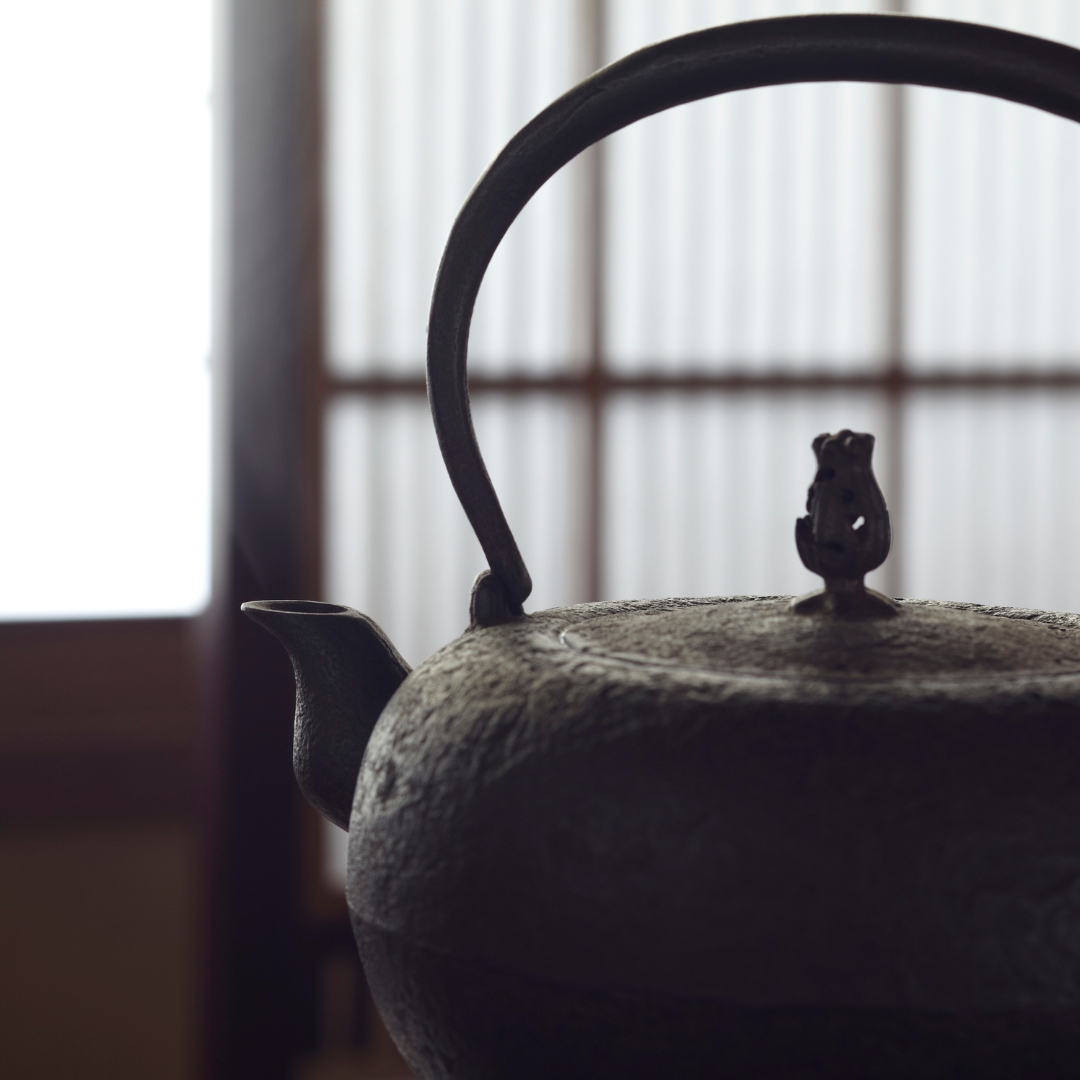
The history of the kyusu teapot dates back to the Edo period (1603-1868) in Japan, where the concept of brewing tea in a dedicated vessel began. The word "kyusu" (急須) means "teapot" in Japanese, and over time, it has evolved into various shapes, sizes, and materials to suit different brewing techniques and preferences. As the culture of tea drinking developed in Japan, kyusu became an essential part of Japanese tea ceremonies and daily life.
There are various types of kyusu teapots, each with its own characteristics and benefits. The material, size, and strainer type are essential factors to consider when choosing a kyusu.
The material of a kyusu can have a significant impact on the flavor and aroma of the tea. Different materials offer unique advantages and disadvantages, making them more suitable for certain tea types or brewing styles.
| Material | Pros | Cons |
|---|---|---|
| Clay | Excellent heat retention, natural flavor enhancement | More delicate, can be expensive |
| Ceramic | Durable, versatile, easy to clean | May not retain heat as well as clay |
| Glass | Aesthetically pleasing, easy to clean, versatile | Poor heat retention, may break easily |
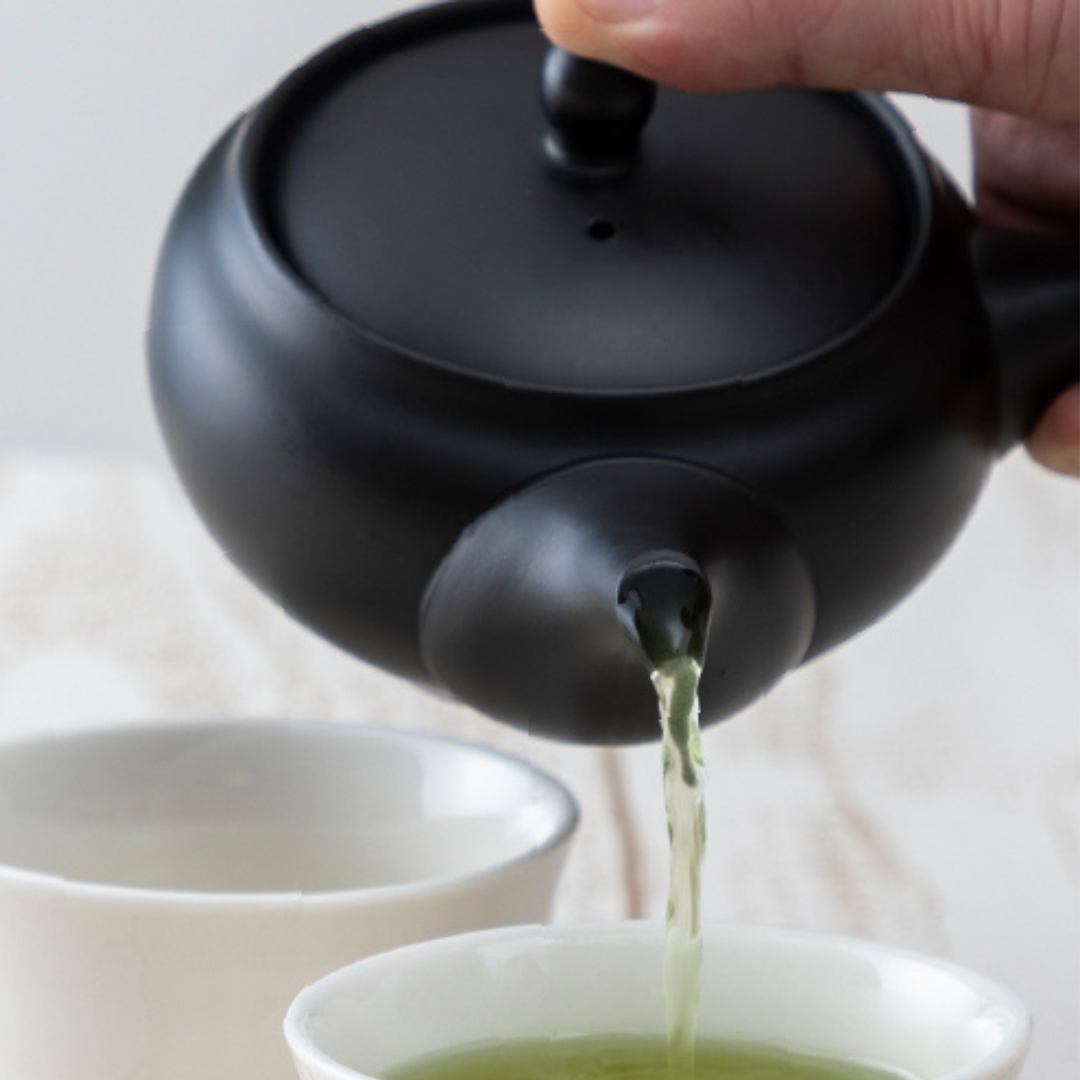
The size of a kyusu determines its capacity, which affects how much tea you can brew at once. It is essential to choose a size that matches your intended use, whether it's for solo tea sessions, serving a small group, or hosting larger gatherings.
| Size | Capacity | Best for |
|---|---|---|
| Small | 100-200 ml | Solo tea sessions, single servings |
| Medium | 200-400 ml | 2-3 people, multiple servings |
| Large | 400+ ml | Larger gatherings, multiple cups |
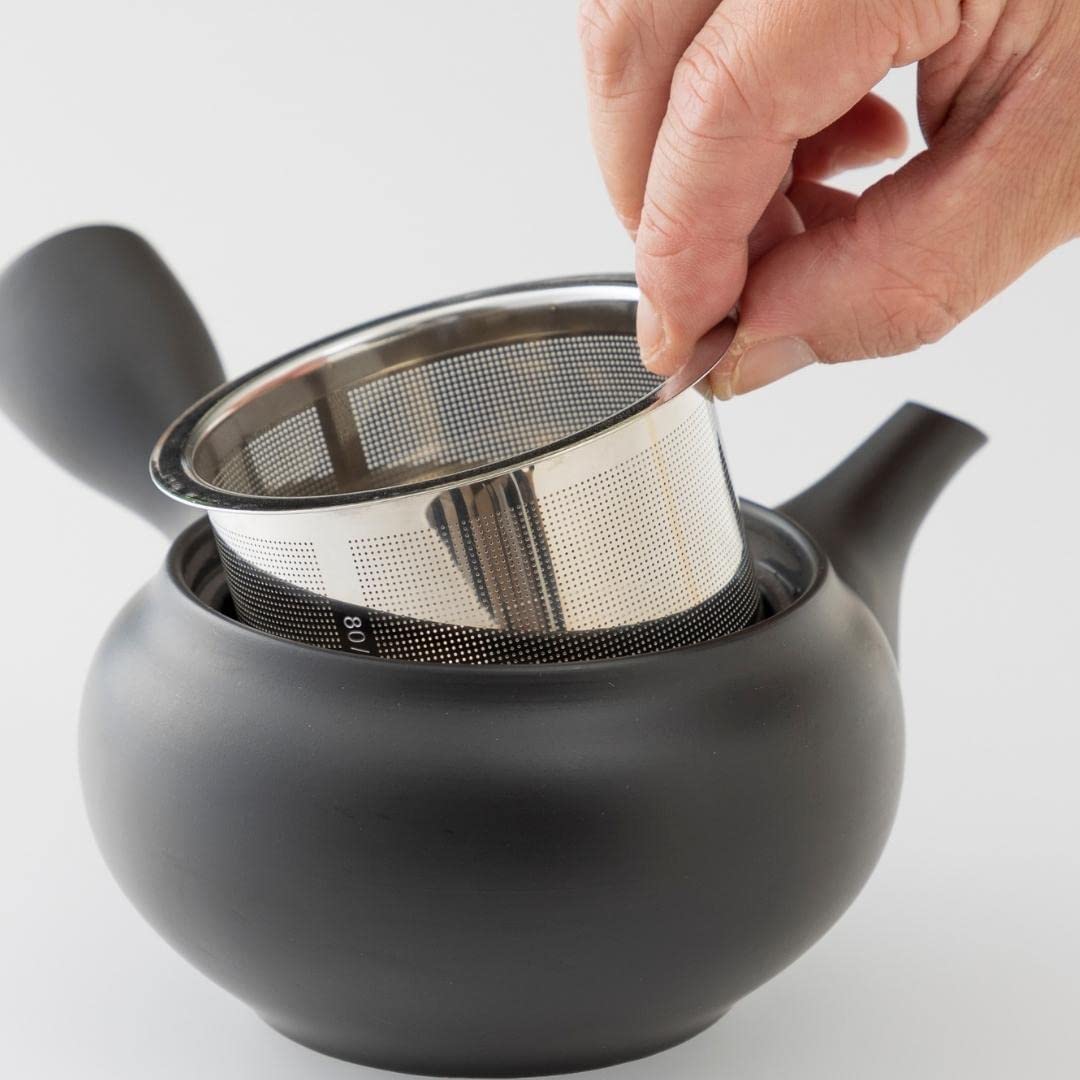
The strainer is an essential component of a kyusu, as it separates the tea leaves from the brewed tea. There are two main types of strainers: built-in and removable. Each type has its own advantages and disadvantages, which you should consider when selecting a kyusu.
| Type | Pros | Cons |
|---|---|---|
| Built-in | Convenient, no need for separate strainer | Can be difficult to clean |
| Removable | Easy to clean, can be replaced if damaged | May not fit all kyusus, can be misplaced |
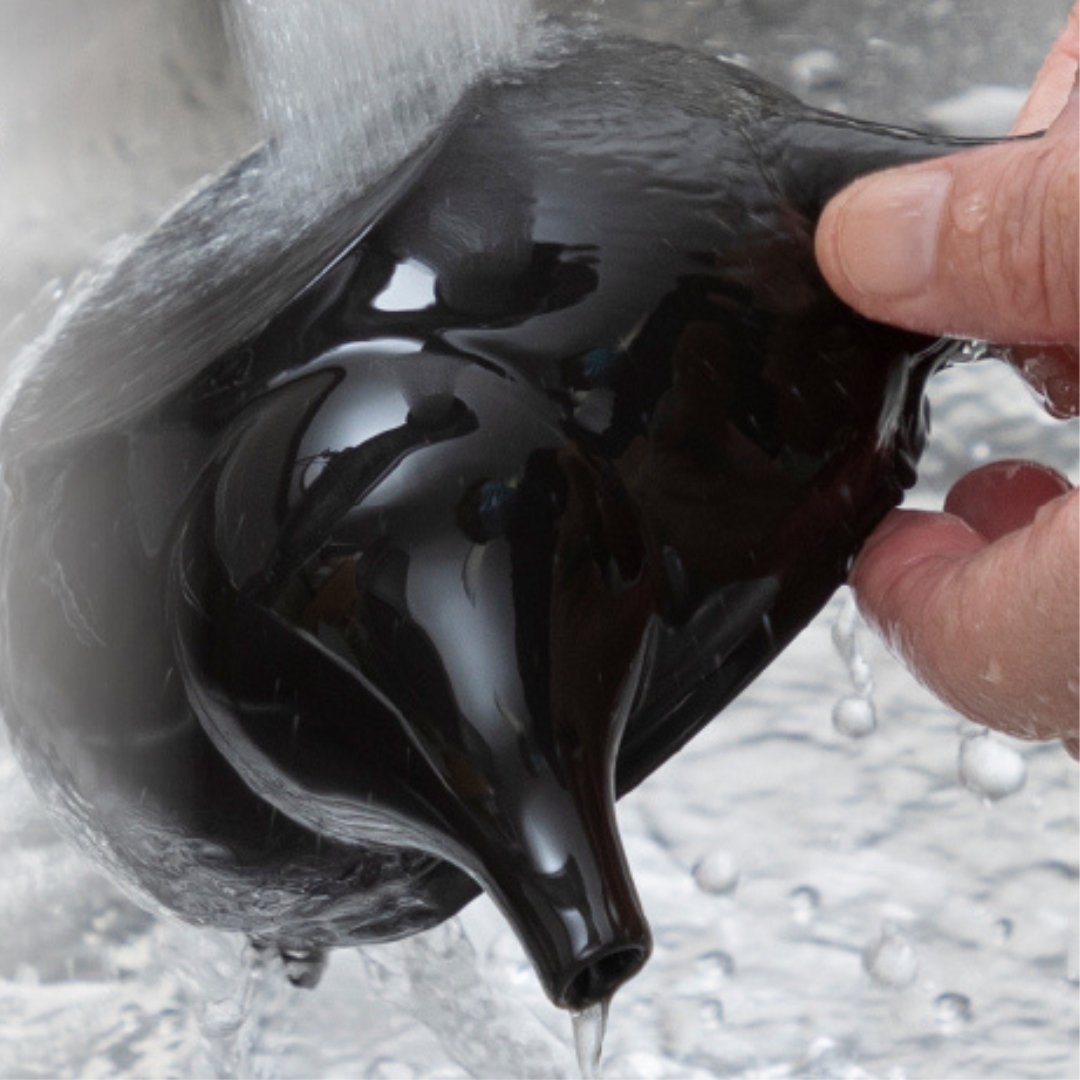
Proper maintenance of your kyusu is essential to ensure its longevity and optimal performance. Different materials may require specific care and cleaning methods, but here are some general guidelines to follow:
With proper care, a high-quality kyusu can last for many years, providing you with countless delicious cups of tea.
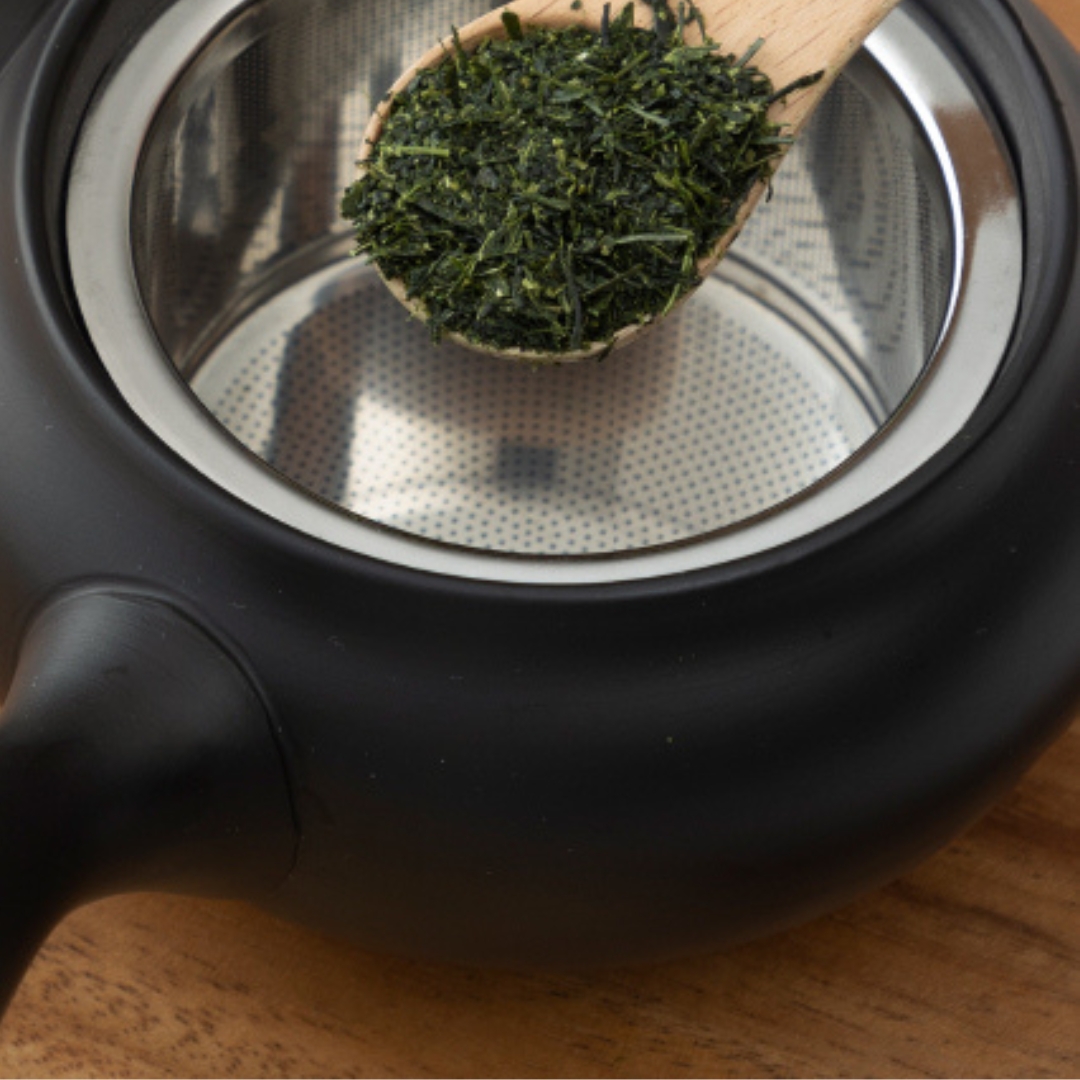
Brewing tea with a kyusu is a simple yet rewarding process that allows you to fully appreciate the flavors and aromas of your chosen tea leaves. Here are some tips to help you make the perfect cup of tea with your kyusu:
Experimenting with different tea leaves, water temperatures, and steeping times will allow you to find the perfect brewing method for your tastes and preferences.
Choosing the perfect kyusu can be a daunting task, but with the right knowledge and guidance, you'll be able to find a teapot that suits your needs and preferences. Here are some factors to consider when selecting a kyusu:
Some popular kyusu brands include Tokoname, Banko, and Hagi. These brands are known for their high-quality craftsmanship and beautiful designs. To find a kyusu near you, visit local tea shops, specialty stores, or online retailers that specialize in Japanese tea ware.
We recommend the
for its beautiful design, excellent craftsmanship, and convenient built-in infuser.
With this guide, you're now equipped with the knowledge to find the perfect Japanese kyusu for your tea brewing needs. Enjoy the delightful experience of brewing and savoring your favorite teas with your new kyusu, and immerse yourself in the rich culture and history of Japanese tea traditions.
A high-quality Japanese kyusu can elevate your tea experience to new heights, providing you with the perfect vessel to brew and enjoy your favorite green teas. By understanding the history, types, and materials of kyusus, as well as how to maintain and use them, you'll be better equipped to make an informed decision when selecting your ideal teapot.
Remember to consider factors such as material, size, strainer type, design, and price when choosing your kyusu. And don't forget to experiment with various brewing techniques to find the perfect balance of flavors and aromas that suit your tastes. Happy tea brewing!